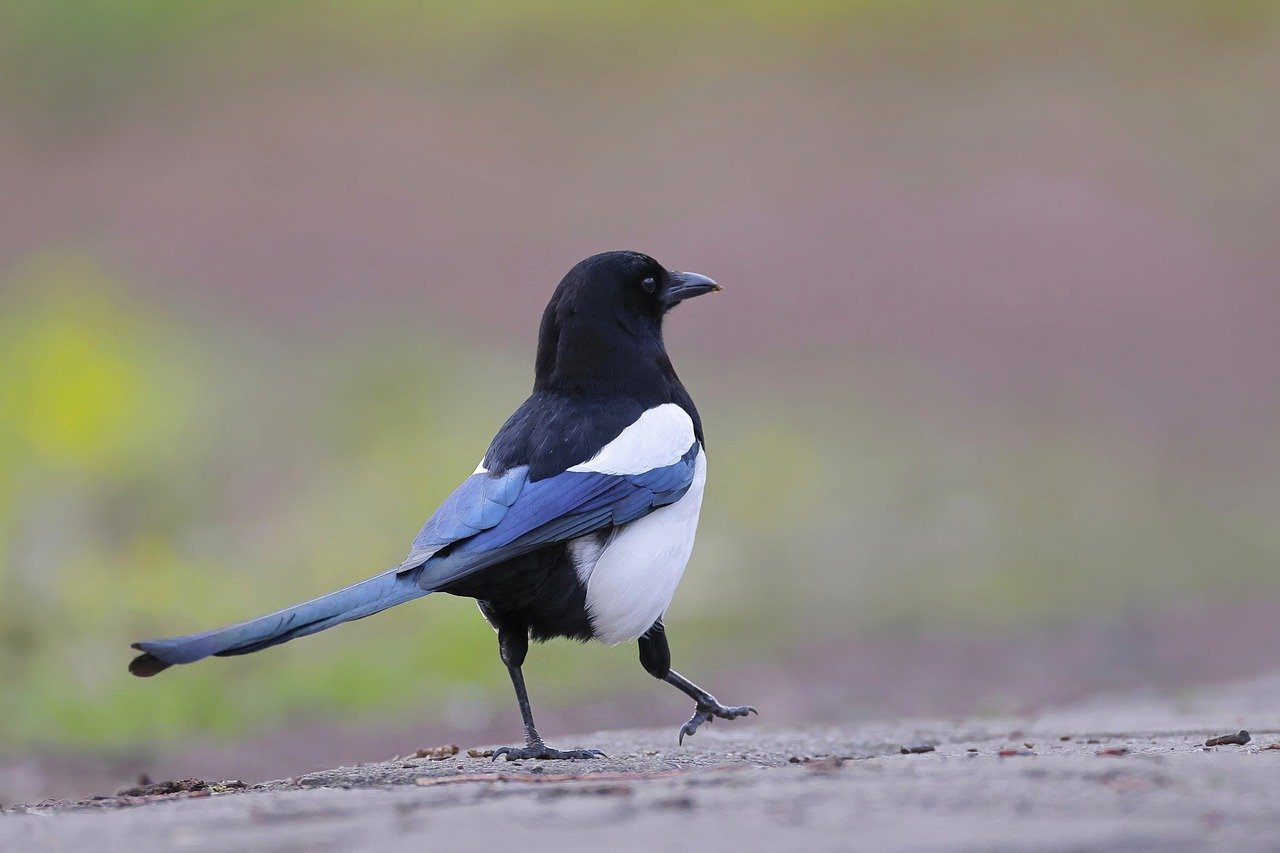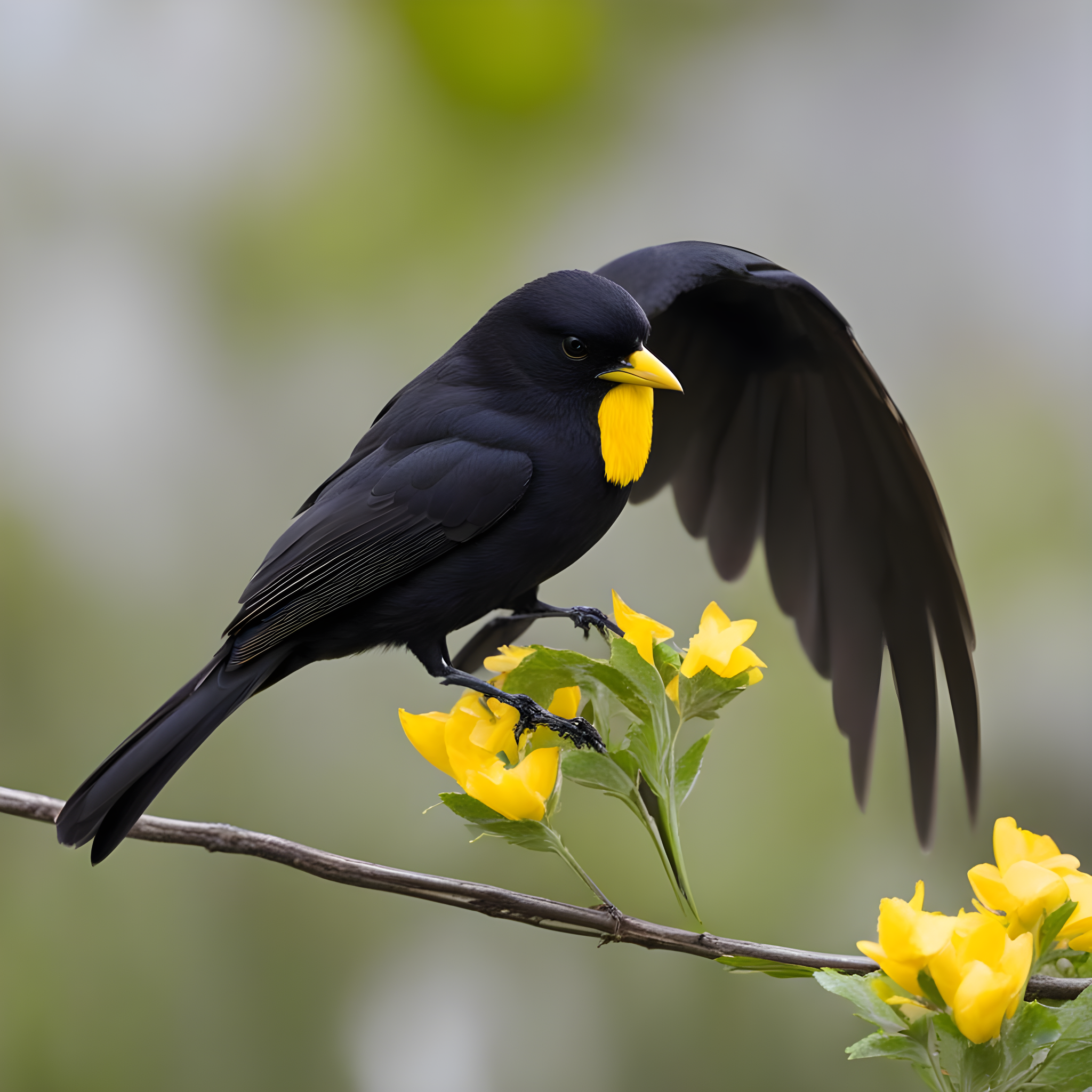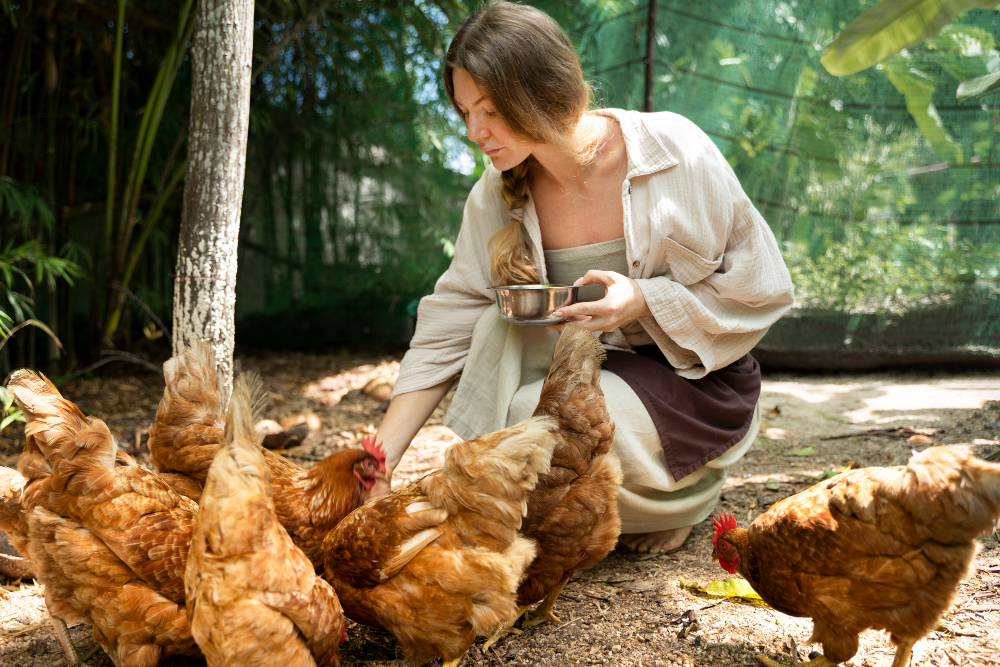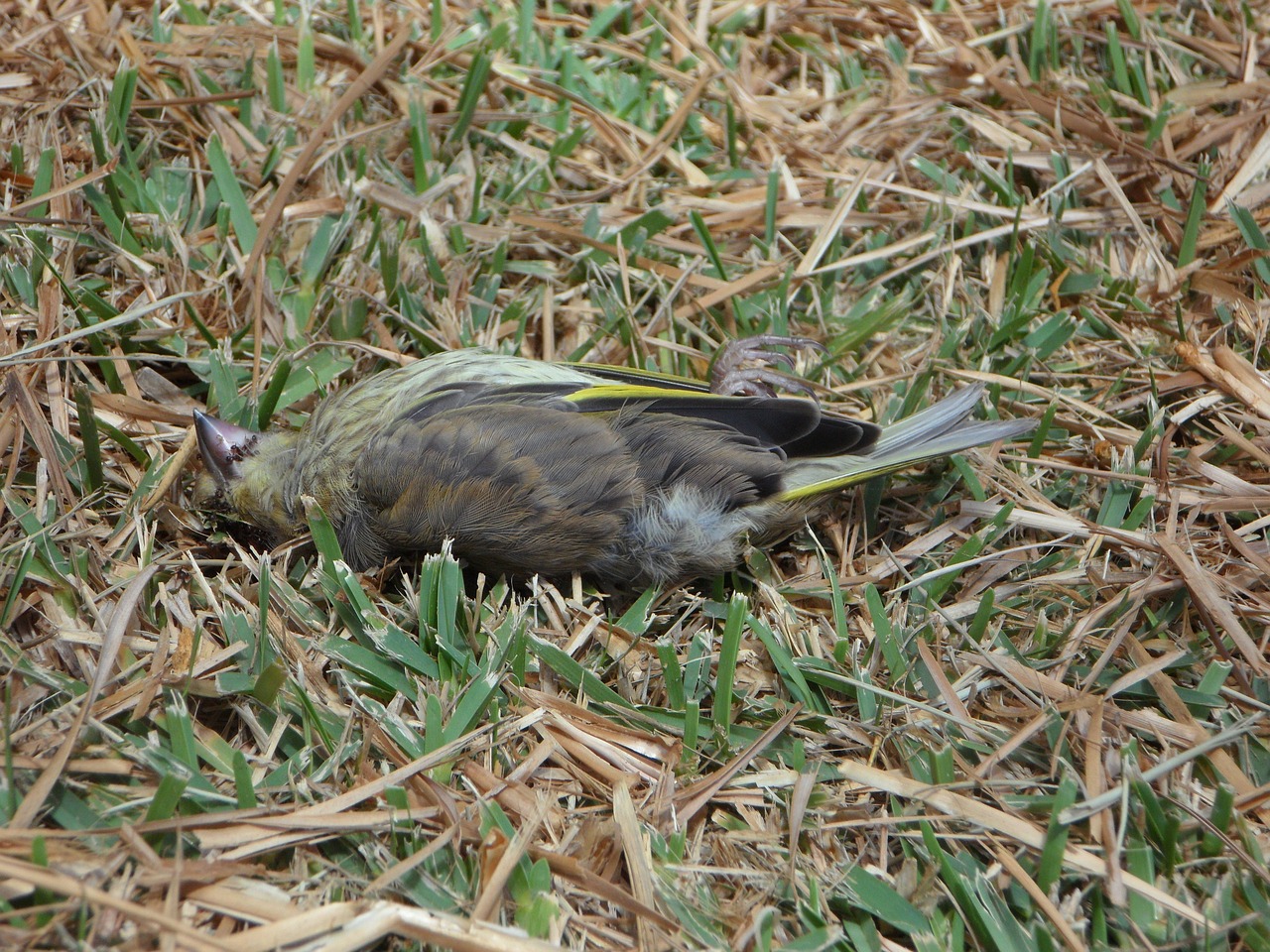Few sights catch a bird watcher’s eye like the high contrast of a black bird boasting a crisp white belly. Several familiar backyard visitors exhibit this sharp color split. But what black and white avian species might be gracing your feeders or neighborhoods?
This guide dives into key identification points, behaviors, and fun facts about key black birds sporting light bellies familiar across much of North America.
Top Species Profiles
Below are profiles of the most widespread and readily noticed black birds with white undersides visible across the US and Canada:
American Magpie
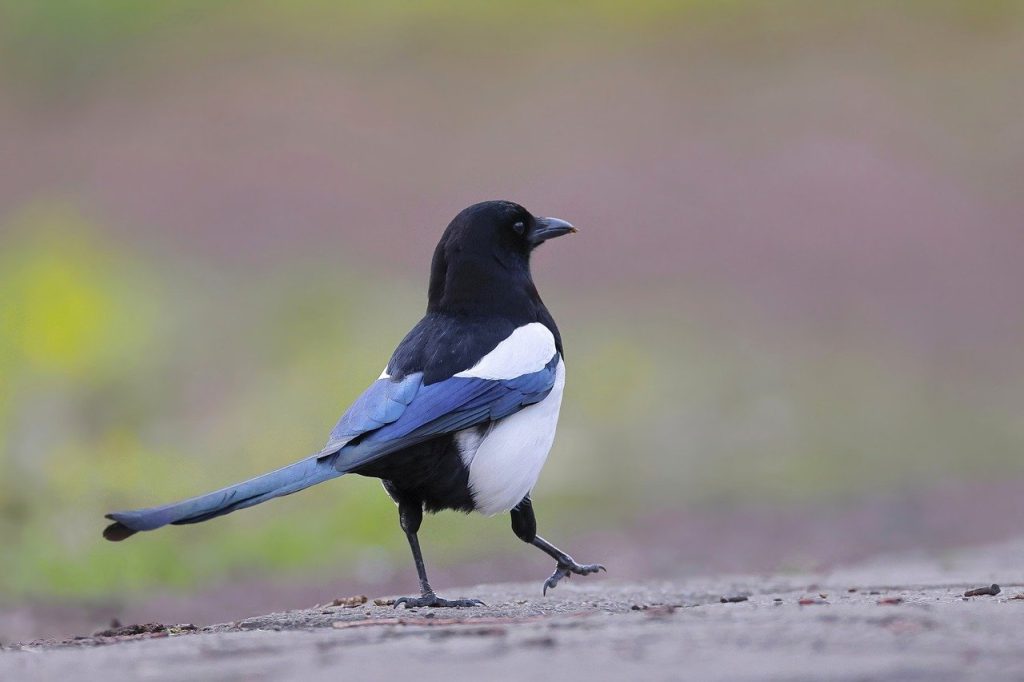
- Size: 18-24 inches long
- Range: West coast, Rocky Mountains, Canada, Alaska
- Markings: Black above, white from chest down with green/blue iridescence
- Behaviors: Social, loud, clever, playful
The American Magpie’s huge size, loud voice, and social antics leave a big impression. Where present, they steal the scene!
Gray Catbird
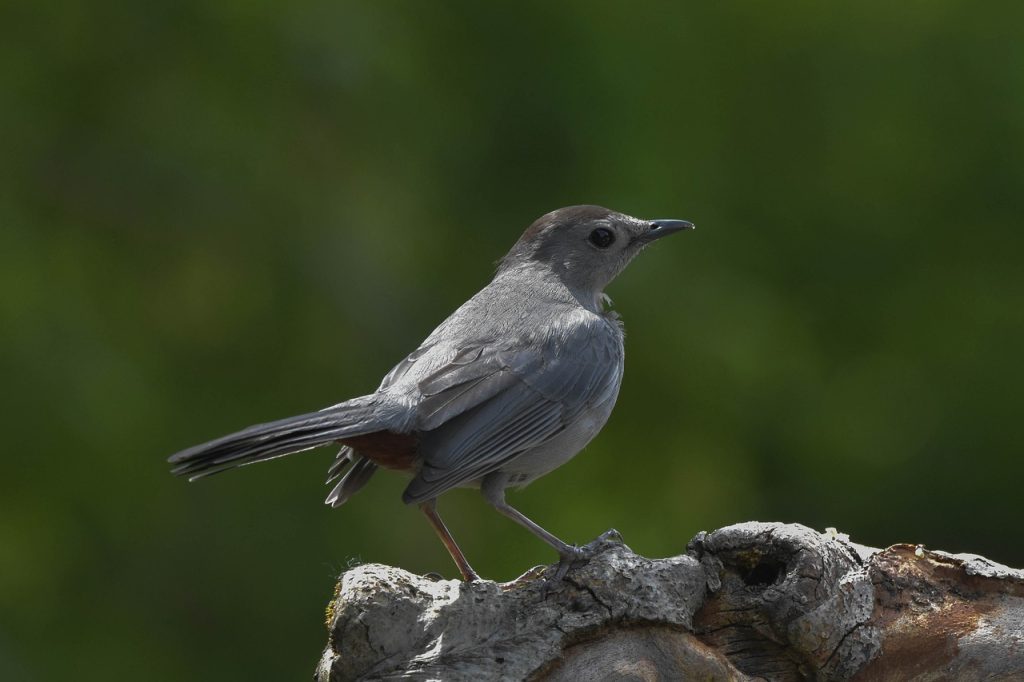
- Size: 8-9 inches long
- Range: Most of US, south central Canada
- Markings: Slate gray plumage, black cap and tail, rich rufous undertail
- Behaviors: Secretive but with elaborate mimic songs
While shy, the catbird’s sneaky presence is given away by one of the widest melodic repertoires of any North American songbird emerging from thickets.
Yellow-billed Magpie
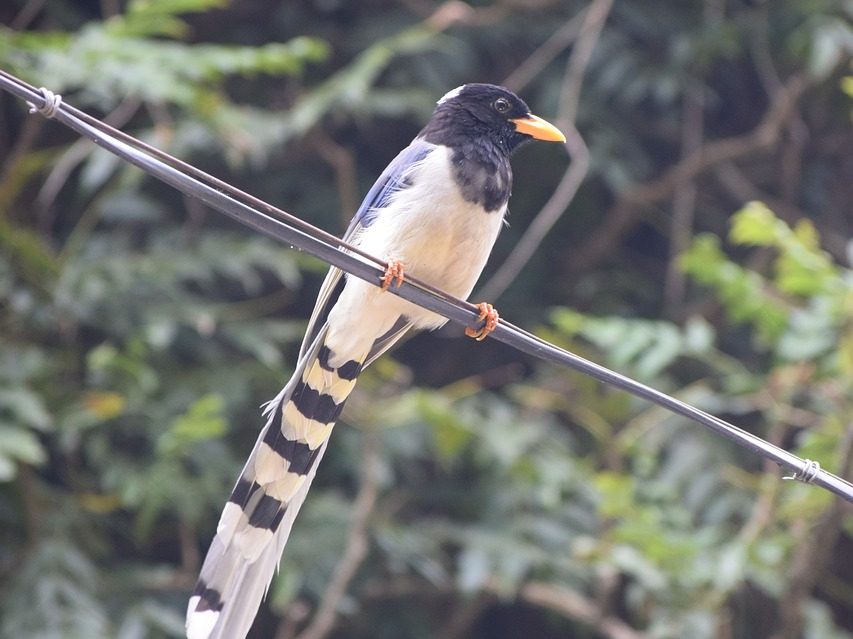
- Size: 18-19 inches long
- Range: Central California
- Markings: Black plumage with white shoulders, belly, and undertail
- Behaviors: Social, vocal, good mimics
Found only around California’s inland valleys, yellow-billed magpies share the American magpie’s gregarious habits and hallmark color scheme.
Eurasian Magpie
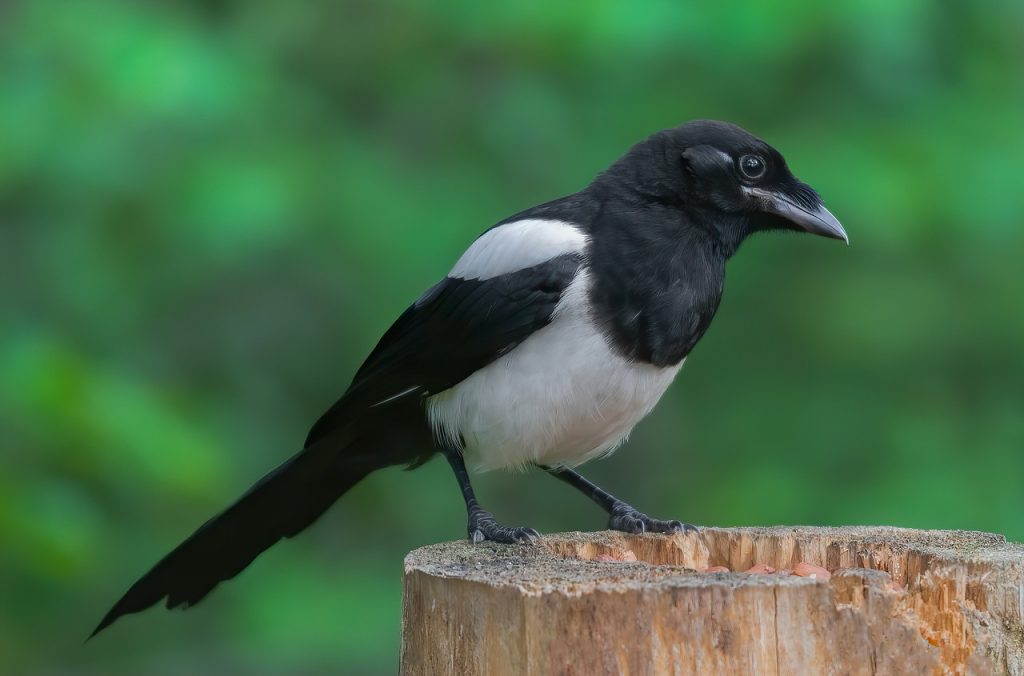
- Size: 16-18 inches
- Range: Europe and Asia, invasive western North America
- Markings: Distinctive black above, white below with green/blue iridescence
- Behaviors: Social, loud, aggressive
Non-native breeding populations of thisMagpie now inhabit North American west coast urban areas, where its social spectacle mirrors American Magpie habits.
So among the most widely witnessed black and white birds are this collection of corvids and mimics distinguished by sound, size and range beyond shared crisp color patterns.
Shared Features and Traits
While the above species hail from different families, they share some common features beyond dark feathering on top and light below worth noting:
General Structure and Proportions
- Medium to large body size
- Relatively long wings and tail
- Short neck, large head
This body architecture provides strong flight and ample gut space typical of highly active omnivorous species.
Bill Shape
- All have rounded conical bills of proportionate size for maneuvering food objects.
- Bills lack specialization for cracking or prying.
- Enables adaptable generalized diets.
These generalist bills help them consume diverse prey and plants unlike specialized feeders.
Plumage Patterns
- Graded transition between dark dorsal and pale ventral plumage provides degree of concealment when viewed from certain angles.
- Bold black and white pattern likely communicates common identity when traveling in social groups.
Their plumage mixes concealing gradient while signaling familiarity.
Summarizes shared traits:
| Trait Category | Common Attributes |
|---|---|
| Structure and proportions | – Medium to large sized – Relatively long wings/tails – Short necks |
| Bill shape | – Rounded conical bills – Generalized diet |
| Plumage patterns | – Graded dark to light color transition – Signals group identity |
These shared morphological and plumage commonalities help enable their active opportunistic lifestyles.
Next let’s examine how they diverge across key identification metrics.
Key Identification Differences
Despite some anatomical similarities owing to their lifestyles, key points differentiate these black and white species:
Size and Shape
- Magpies are substantially larger with longer tapered tails
- Catbirds and magpies have longer wings and looser body shapes than the compact catbird.
Plumage Colors
- Only grackles sport glossy iridescent feathers
- Catbirds show rich rufous undertail feathers
- Magpies present bright white shoulder patches
Geographic Range
- Catbirds nearly continent-wide, grackles widespread eastern/central
- Magpies limited to west/Rockies except yellow-billed endemic to California
Behavior
- Magpies are loudly gregarious, catbirds quiet and shy
- Mimicry common in catbirds/magpies but not grackles
- Grackles associate more often in large flocks than others
So while sharing a basic color profile, their features around size, shape, precise patterning, vocalizations, and habits separate the identities.
Observing details like location, proportions, flocking tendency and sound cues helps accurately distinguish species.
Presents differentiation points:
| Identification Factor | Key Differences |
|---|---|
| Size and shape | – Magpies much larger – Looser body shape than catbird |
| Plumage details | – Magpie shoulder patches – Catbird rufous undertail |
| Range | – Magpies western, grackles eastern – Yellow-billed CA endemic |
| Behavior | – Magpies gregarious, catbirds shy – Grackles flock more |
Leveraging such identification factors helps properly differentiate black and white species where they co-occur.
Next let’s illuminate some of their unique behaviors.
Typical Behavioral Traits and Habits
Beyond field marks, these species showcase some signature habits:
American Magpie Behavior
- Extremely social – travels in noisy family flocks
- Playful – engages in aerial play and acrobatics
- Highly vocal – makes wide diversity of loud crisp calls
- Forms long-term pair bonds
Gray Catbird Behavior
- Secretive and shy – lurks in dense thickets
- Huge vocal range with mimicry – imitates other species’ songs
- Distinct cat-like “meow” call when agitated
- Solitary nester but gregarious in migration
Common Grackle Behavior
- Forms massive mixed flocks in migration and winter
- Produces abrasive creaking and clicking sounds
- Male displays aggressively with puffed feathers
- Shows longer breeding seasons than similar sized songbirds
Yellow-billed Magpie Behavior
- Impressive aerial agility and play
- Excellent vocal mimic – can copy other birds and animals
- Forms dense breeding colonies then flocks nomadically after
- Gregarious and even pugnacious habits
Summarizes signature habits:
| Species | Distinct Behaviors |
|---|---|
| American Magpie | – Playful acrobatics – Loud calls – Tight social bonds |
| Gray Catbird | – Secretive, shy – Mimicry songs – Distinctive meow |
| Common Grackle | – Huge mobile flocks – Abrasive vocalizations – Aggressive displays |
| Yellow-billed Magpie | – Aerial agility – Excellent mimicry – Gregarious/pugnacious |
These unique habits help confirm field identification and showcase the diversity of dark birds boasting light bellies.
Now that we’ve surveyed the key identification factors and traits of these striking species, let’s turn to some frequent questions about them.
Conclusion
Whether glimpsed bounding across a field or perched slyly under a thicket, black birds brandishing crisp white bellies command attention with their high visual contrast.
The American magpie, gray catbird, common grackle, and yellow-billed magpie covered here represent the most widely distributed and noticed examples across North America among over 80 potentially all-black species.
While sharing some anatomical commonalities stemming from their active lifeways, key differences in size, shape, markings, range, and habits help distinguish them in hand or perched at a distance.
So the next time your eye catches a dark feathered visitor decorated with light underparts visiting your feeder or neighborhood, note structural and behavioral clues to decipher if it’s a gregarious western magpie, meowing and secretive catbird, raucously chattering grackle, or some other black and white bird brightening your daily birding.
Frequently Asked Questions about Black Birds with White Bellies
What does it mean when you see a black bird with a white belly?
Seeing a black bird with crisp white underparts most likely means you’ve spotted either a American magpie, Eurasian magpie, yellow-billed magpie, common grackle, or gray catbird. These species all share dark dorsal plumage that contrasts with their pale bellies to some degree. Depending on location, season, size, behavior and other clues, one can deduce the specific species. While not guarantees, white bellies help rule out all-dark birds like crows and blackbirds.
Why do some black colored birds have white bellies?
Ornithologists think the high visual contrast of black and white serves dual survival purposes: camouflage from certain angles to conceal nests/young, and easy identification of fellow flock members while flying. The graded transition between dark back feathers and pale belly likely helps obscure their shape when viewed from below or ahead. And when gathered in groups, the bold signals help birds distinguish their traveling companions from distances. Both functions confer advantages against predators and for social coordination.
How can you identify black birds with white bellies?
ID points to differentiate black and white birds include size, proportions like tail length, smaller plumage markings like wing patches, geographic range, behavior like vocalizations, mimicry and flocking tendency, and habitat. Cross referencing these indicators against candidate species will allow properly matching an unknown bird to their identity. Details like a long tail eliminates grackles, while western range or mimicking song crosses off eastern catbirds.
What is the black bird with a white belly called?
No single name applies across the multiple bird species showing black above and white below plumage. Depending on specifics, common identifications include:
- American/Eurasian magpie
- Yellow-billed magpie
- Common grackle
- Gray catbird
Less widespread all-black birds with some white feathers include skimmers, waxwings, shrikes, and some meadowlarks. Regional species and plumage variability means no solitary name fits all black and white birds.
What bird is black with a white belly and red around its eyes?
That description uniquely describes the adult common grackle in breeding plumage. The eye color and facial pattern eliminates similar birds, pinpointing the iridescent common grackle as the species fitting that look. Outside breeding seasons some internal white is visible but the bright crimson eye ring persists year-round.
What bird is black with a white belly and long tail?
The two North American magpie species match this description best – the black and white American magpie prominent in western states, and the Eurasian magpie invasive to parts of western Canada. Both sport extraordinarily long tapered tails to go along with their dark dorsal plumage and pale underparts. Their corvid cousins ravens and crows lack such contrasting undersides.
Is a catbird all black with a white belly?
No, catbirds are actually a charcoal gray overall with a black cap and tail rather than all black. Their belly and undertail regions show bright white feathers however. While secretive, listening for their distinctive cat-like meowing confirms their identity even if visual examination leaves some doubt.
What bird sounds like a cat and is black and white?
The species famed for vocalizations reminiscent of a wailing cat is the aptly named gray catbird. It presents slate gray overall plumage, a black cap and tail, white below, and a cinnamon undertail. Beyond cats, their elaborate song mimics incorporate sounds from over 50 other species! So a diversity of songs and calls coming from dark underbrush signals a vocalizing catbird.
Why do grackles have yellow eyes if they are a black bird?
Common grackles exhibit striking yellow eyes only as immature juveniles. Adult grackles sport dark brown irises. So white-bellied grackles spotted with yellow (rather than brown) eyes are young fledged that year. These juvenile grackles also show more muted plumage lacking the glossy purples and greens alongside the light bellies until reaching maturity by year two.

